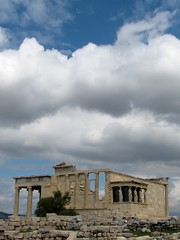Quick, what’s the oldest horse breed still in existence? Well, apparently, it’s the Caspian or Māzandarān Horse, and remains have recently been found in a cemetery dating back to 3400 BCE. Perhaps I should find it hard to believe one can recognize a breed from a skeleton, but I choose to suspend any disbelief I may have, because I like the story.
The Caspian horse was thought to have disappeared into antiquity, until 1965 when the American wife of an Iranian aristocrat called Louise Firouz went on an expedition on horseback and discovered small horses in the Iranian mountainous regions south of the Caspian Sea.
It happens to be very genetically diverse, which may suggest survival of wild horses in a Holocene refugium. Will they try to extract ancient DNA from the skeleton? Gosh, I do hope so. Via.
